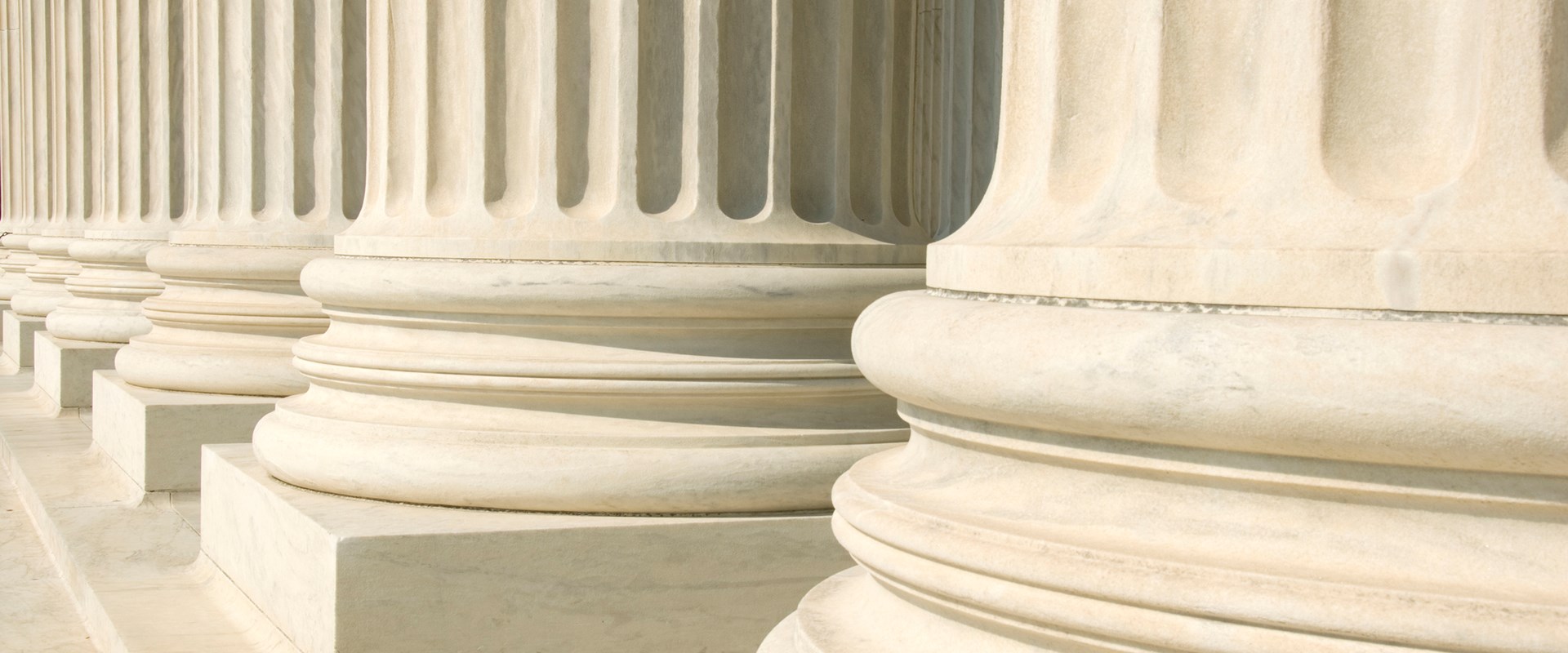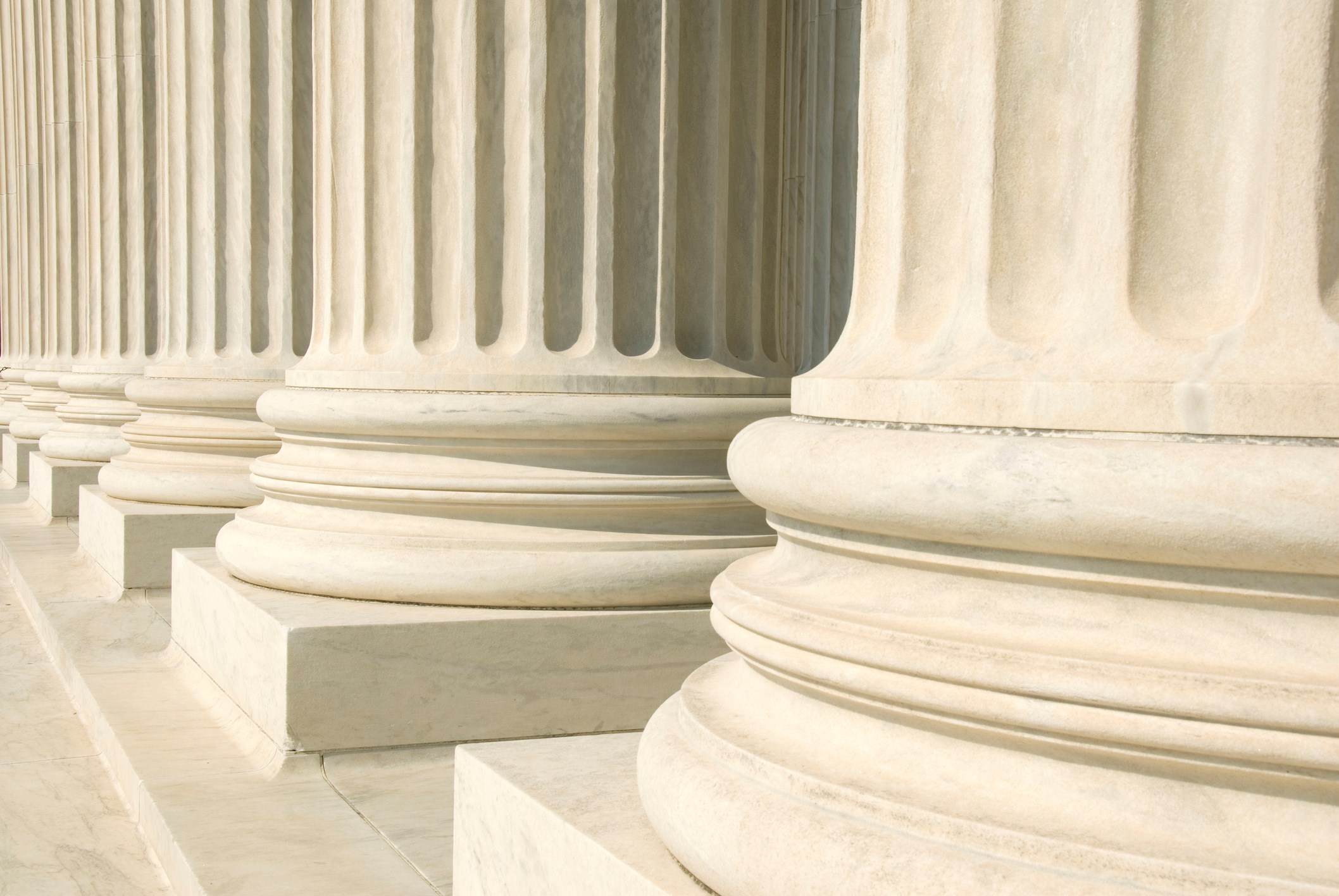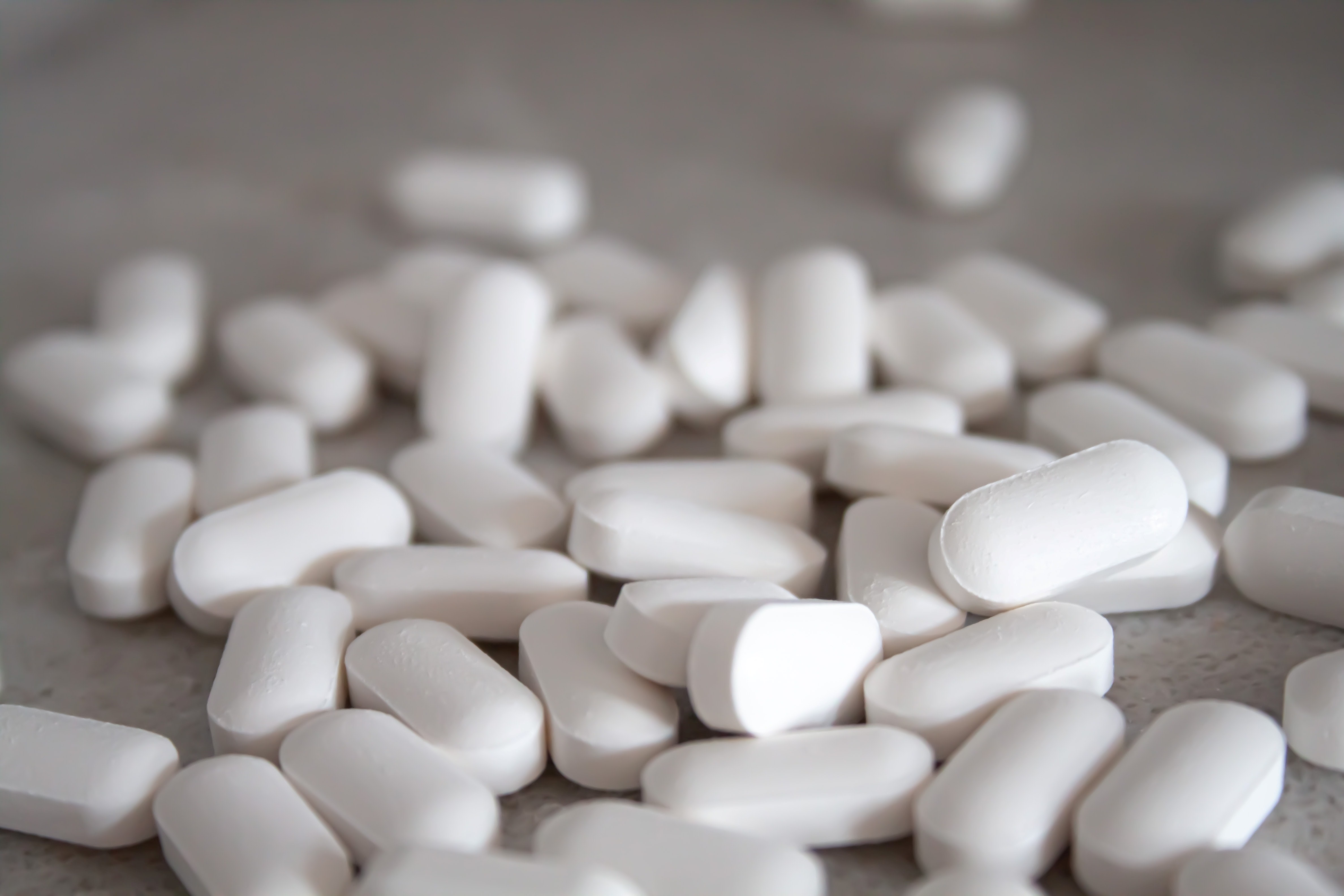The EPO’s Board of Appeal in T0116/18 has provided welcome clarity on the application of G2/21 relating to post-filed data for inventive step.
BACKGROUND
In our previous article, we reported that the EPO’s Enlarged Board of Appeal had confirmed that post-filed data can, in principle, be relied upon by a patentee as evidence of a technical effect for the purposes of assessing inventive step.
In reaching its decision, the Enlarged Board rejected the language of ‘plausibility’ and introduced new criteria that “a patent applicant or proprietor may rely upon a technical effect for inventive step if the skilled person, having the common general knowledge in mind, and based on the application as originally filed, would consider said effect as being encompassed by the technical teaching and embodied by the same originally disclosed invention”.
The Enlarged Board acknowledged the abstractness of “encompassed by the technical teaching” and “embodied by the same originally disclosed invention”, and deferred responsibility to the Boards of Appeal to interpret and apply these requirements.
THE BOARD’S INTERPRETATION OF G2/21
The Board that referred the original questions to the Enlarged Board in G2/21 has now issued a written decision in which it provides clear and informative guidance on the interpretation and application of G2/21.
As a preliminary remark, the Board opined that the Enlarged Board had in G2/21 established a genuine requirement to be met and that “[t]he Enlarged Board…did not give applicants and proprietors “carte blanche” to be able to rely on a purported technical effect at any stage of proceedings” (Reasons 11.1). the Board is clear, therefore, that G2/21 should not be seen as seismic shift by the EPO in allowing ‘armchair inventions’.
The Board also considered that the requirements “encompassed by the technical teaching” and “embodied by the same originally disclosed invention” are separate requirements which must both be met for a purported technical effect to be relied upon. Importantly, these requirements should be assessed based on “the broadest technical teaching of the application as filed contained in it with regard to the claimed subject-matter” (Reasons 11.8).
WHAT IS MEANT BY “ENCOMPASSED BY THE TECHNICAL TEACHING”?
The Board held that for a purported technical effect to be “encompassed by the technical teaching” it “need only be conceptually comprised by the broadest technical teaching of the application as filed” (Reasons 11.10).
The Board clarified that this need not be a literal, written disclosure of the technical effect in the application as filed, but that “it may also be sufficient that the skilled person, having the common general knowledge in mind, and based on the application as filed, recognises that said effect is necessarily relevant to the claimed subject-matter” (Reasons 11.10).
WHAT IS MEANT BY “EMBODIED BY THE SAME ORIGINALLY DISCLOSED INVENTION”?
The Board held that for a purported technical effect to be “embodied by the same originally disclosed invention”, it is necessary to ask “would the skilled person, having the common general knowledge on the filing date in mind, and based on the application as filed, have legitimate reason to doubt that the purported technical effect can be achieved with the claimed subject-matter?” (Reasons 11.11).
Patentees will be relieved that, as the Board stressed, this interpretation means that the application as filed need not contain a literal, written description of the purported technical effect or experimental proof that the purported technical effect is actually achieved. This is in keeping with another recent Board of Appeal decision (T2465/19), where the Board even held that post-filed data was not required to evidence the purported technical effect in some circumstances.
Although the Board was keen, similarly to the Enlarged Board, to move away from the language of ‘plausibility’, their explanation of the “embodied by the same originally disclosed invention” requirement appears remarkably close to the “ab initio implausibility” test appearing in the referred questions (see our previous article).
HOW DID THE BOARD OF APPEAL PRACTICALLY APPLY G2/21 TO THE CASE IN HAND?
Having provided a detailed interpretation of the requirements laid down in G2/21, the Board then applied these principles to the facts underlying the case at hand.
By way of background, the patent at issue related to a claim directed to a new combination of known insecticides. The application included data demonstrating a synergistic effect of this insecticide combination against two species of moth, which was partially undermined by data provided by the opponent during first instance proceedings. The Board was then faced with determining whether the patentee should be allowed to rely on its own post-filed data demonstrating that the insecticide combination had synergistic effects against a third moth species when the application did not contain an explicit statement that the claimed insecticide combination would exhibit those effects against the third moth species.
In applying G2/21, the Board considered that the broadest technical teaching of the application as filed is that the claimed insecticide combination can have a synergistic effect against “insects” in general. As such, given that the purported technical effect was the synergistic effect of the insecticide combination against a specific moth species (i.e. a subset of “insects”), the Board found the technical effect to be “encompassed” by the original technical teaching of the application.
The Board also held that there was no legitimate reason to doubt, in the absence of the post-filed data, that the purported effect would be achieved. In reaching this view, the Board considered that the opponent-appellant had failed to provide any evidence that the purported effect would not be achieved. The Board also noted that a different insecticide combination, containing one identical component and a second structurally similar component to those of the claimed combination, was shown in the examples of the application to provide a synergistic effect against the third moth species.
Concluding, the Board held that “the skilled person would have no legitimate reason to doubt that the purported technical effect can be achieved with the subject-matter of claim 1 as granted. The purported technical effect is embodied by the same originally disclosed invention. It can be concluded that the respondent may rely on the purported technical effect based on the application as filed” (Reasons 17.5 and 18).
IMPLICATIONS
Although a number of Boards of Appeal have already had to deal with the interpretation of G2/21, the referring Board in T0116/18 has provided some of the clearest and most extensive guidance to date.
Many applicants and proprietors will be aware of the possibility of prior art documents being identified during prosecution or opposition proceedings which were not known about at the time of generating comparative experimental data or preparing the patent application. Therefore, the Board’s pragmatic approach to the interpretation of G2/21 will be welcomed, as it explicitly allows applicants and proprietors to rely in some cases on a technical effect which was not explicitly disclosed or evidenced in the application as filed. Further jurisprudence from the Boards of Appeal will, however, be needed to better understand the limits of “conceptually comprised by the broadest technical teaching of the application” and whether appropriate steps can be taken at the patent drafting stage to increase the likelihood that a future purported technical effect meets this requirement.
Despite this patentee-friendly decision, in many respects the best practice for applicants remains unchanged: including as much data as feasible against a range of appropriate comparators in the application at the time of filing reduces the likelihood that it will be necessary later to attempt to rely on an undisclosed technical effect.
This decision also has significant implications for opponents. In these authors’ view, the Board’s interpretation that the “embodied by the same originally disclosed invention” requirement is tantamount to an “ab initio implausibility” test and its stipulation that the G2/21 requirements should be assessed based on “the broadest technical teaching of the application as filed” mean that proprietors will be increasingly able to rely upon undisclosed technical effects in opposition proceedings. As such, particularly in the chemistry and life sciences fields, it will be all the more important to obtain comparative data to demonstrate that a technical effect is not in fact achieved.






